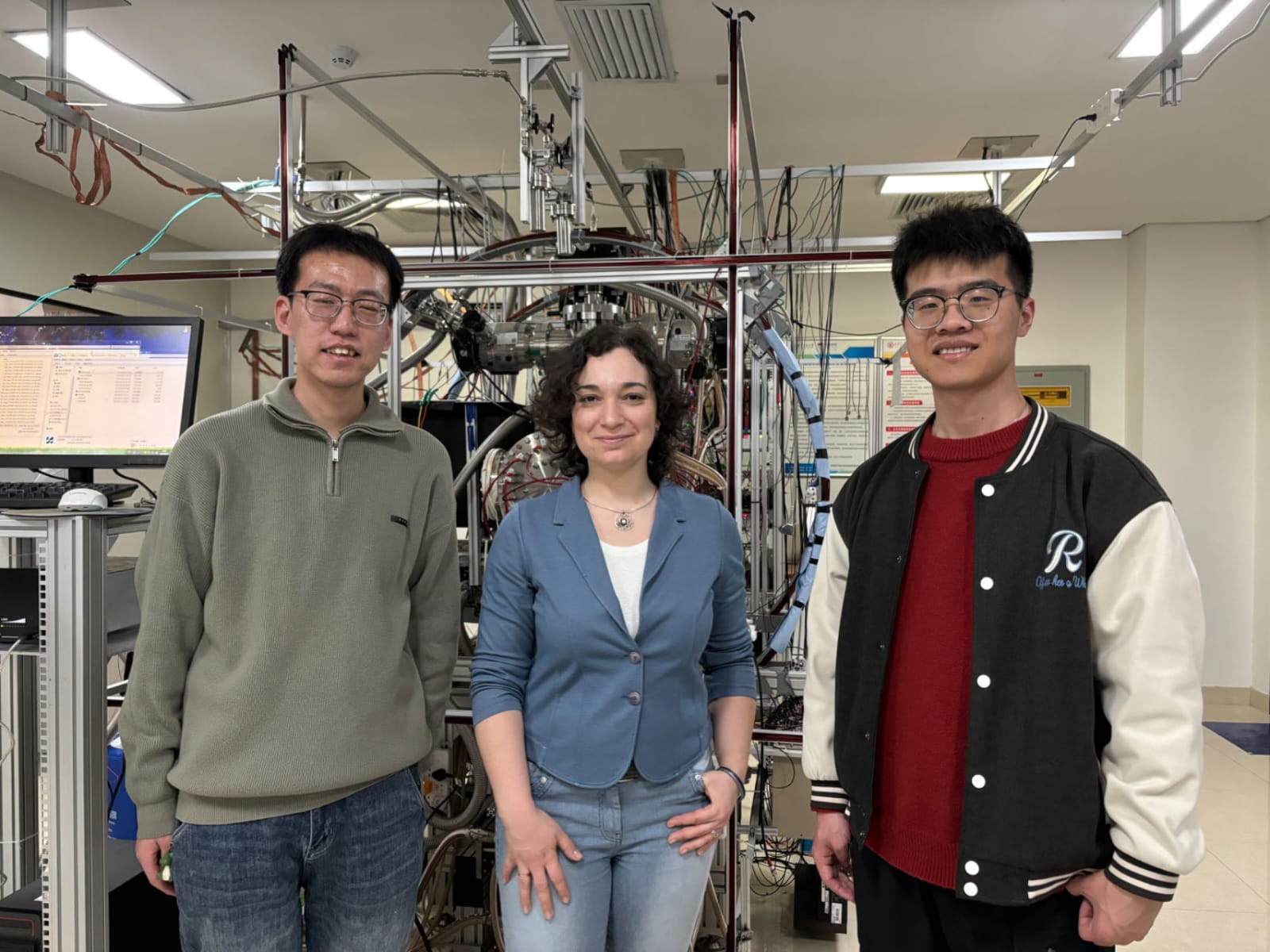Senior Researcher at ISU Laboratory of Quantum Chemical Modeling of Molecular Systems (LQCMMS) Anna Skitnevskaya is on a working visit at the Institute of Modern Physics, China. This university is one of the top 10 Chinese universities, and it was its scientists who assembled and launched the reaction microscope with high-resolution detectors, which uses a spallation neutron source as an irradiation source.
Anna Skitnevskaya:
There are only a few similar installations in the world. On the one hand, the use of an electron beam complicates the analysis of the results, for example, it is necessary to separate the signal of the initial electrons and the electrons formed during the decay of the sample. On the other hand, in such experiments, it is possible to obtain states of molecules, that would be impossible with the use other sources of radiation. The device makes it possible to study the mechanisms and decay time of highly excited ionized states of individual molecules and molecular clusters, including the processes of intermolecular energy transfer and related nonlocal electron decay, such as intermolecular Coulomb decay and related phenomena.
To understand the experimental results, it is necessary to involve quantum chemical calculations, however, computational schemes used in the available quantum chemical software packages aren’t able to provide calculations for the interpretation of such experiments. Suitable software is being developed at ISU LQCMMS under the guidance of Alexander Trofimov, professor and leading researcher. It was this software development that became the basis for fruitful cooperation with the Chinese colleagues.
Russian and Chinese scientists have already published three joint articles on the results of the work in highly rated journals: Nature Physics, The Journal of Physical Chemistry Letters.
During her visit to the Institute of Modern Physics, Anna Skitnevskaya discussed the results and further plans for joint work with the colleagues.
Konstantin Grigorichev, Vice Rector for Research and International Cooperation:
ISU has a very long and fruitful history of cooperation with Chinese universities. For example, last year we celebrated 30 years of cooperation with Liaoning University, the joint project “ISU Confucius Institute” has been successfully functioning at ISU for almost 17 years. However, all this cooperation is mainly concentrated in the educational sphere. Anna Skitnevskaya’s visit to the Institute of Modern Physics will allow us to expand cooperation in the field of natural sciences and start joint scientific projects on the frontier of world science.
For reference
A device called reaction microscope allows to study many fundamental properties of individual molecules and molecular clusters. By impacting a gaseous sample with X-rays, a laser or other energy carriers and registering the charged fragments (ions and electrons) formed during the decay of molecules, their flight time and angular distribution, it is possible to draw conclusions about the structure of the initial molecule or system of molecules and the mechanisms of decay.
















